In this work, a novel bio-inspired meta-heuristic framework is presented for the assessment of linear and non-linear multi-term fractional differential equations (MFDEs) based on the idea of residual power series method (RPSM) in amalgamation with the bat algorithm (BATA) which, mimics the echolocation behavior of the foraging bats. The bat-inspired based methodology has been implemented to solve MFDEs with different possible variants of two point boundary conditions. The BATA is utilized in the recommended new residual optimization technique (NROT) for the minimization of the energy function attained by the spirit of RPSM. Moreover, to ratify the correctness and accuracy of the deliberated technique the results are evaluated by using two other meta-heuristic optimization techniques i.e., differential evolution algorithm (DEA) and the accelerated particle swarm optimization algorithm (APSOA) for the learning of unknown weights in the derived fitness function. The accuracy and competency of the NROT is validated by comparing the BATA computed results with the exact solution and the corresponding data acquired by the DEA and APSOA. Furthermore, detailed performance analysis is performed through statistical inference based on the large number of independent runs.
1.
Introduction
It is well known that the convexity [1,2,3,4,5,6,8,9,11,15,16,40,55,63,64], monotonicity [7,12,13,14,41,42,43,44,45,46,47,48,49,50,51,52,53] and complete monotonicity [58,59,61,62] have widely applications in many branches of pure and applied mathematics [19,24,28,32,35,38,65]. In particular, many important inequalities [20,25,30,33,37,39,69] can be discovered by use of the convexity, monotonicity and complete monotonicity. The concept of complete monotonicity can be traced back to 1920s [18]. Recently, the complete monotonicity has attracted the attention of many researchers [23,34,56,67] due to it has become an important tool to study geometric function theory [26,31,36], its definition can be simply stated as follows.
Definition 1.1. Let I⊆R be an interval. Then a real-valued function f:I↦R is said to be completely monotonic on I if f has derivatives of all orders on I and satisfies
for all x∈I and n=0,1,2,⋯.
If I=(0,∞), then a necessary and sufficient condition for the complete monotonicity can be found in the literature [54]: the real-valued function f:(0,∞)↦R is completely monotonic on (0,∞) if and only if
is a Laplace transform, where α(t) is non-decreasing and such that the integral of (1.2) converges for 0<x<∞.
In 1997, Alzer [10] studied a class of completely monotonic functions involving the classical Euler gamma function [21,22,60,66,68] and obtained the following result.
Theorem 1.1. Let n≥0 be an integer, κ(x) and fn(x) be defined on (0,∞) by
and
where Bn denotes the Bernoulli number. Then both the functions x↦f2n(x) and x↦−f2n+1(x) are strictly completely monotonic on (0,∞).
In 2009, Koumandos and Pedersen [27] first introduced the concept of completely monotonic functions of order r. In 2012, Guo and Qi [17] proposed the concept of completely monotonic degree of nonnegative functions on (0,∞). Since the completely monotonic degrees of many functions are integers, in this paper we introduce the concept of the completely monotonic integer degree as follows.
Definition 1.2. Let f(x) be a completely monotonic function on (0,∞) and denote f(∞)=limx→∞f(x). If there is a most non-negative integer k (≤∞) such that the function xk[f(x)−f(∞)] is completely monotonic on (0,∞), then k is called the completely monotonic integer degree of f(x) and denoted as degxcmi[f(x)]=k.
Recently, Qi and Liu [29] gave a number of conjectures about the completely monotonic degrees of these fairly broad classes of functions. Based on thirty six figures of the completely monotonic degrees, the following conjectures for the functions (−1)mR(m)n(x)=(−1)m[(−1)nfn(x)](m)=(−1)m+nf(m)n(x) are shown in [29]:
(ⅰ) If m=0, then
(ⅱ) If m=1, then
(ⅲ) If m≥1, then
In this paper, we get the complete monotonicity of lower-order derivative and lower-scalar functions (−1)mR(m)n(x) and their completely monotonic integer degrees using the Definition 1.2 and a common sense in Laplace transform that the original function has the one-to-one correspondence with the image function, and demonstrated the correctness of the existing conjectures by using a elementary simple method. The negative conclusion to the second clause of (1.7) is given. Finally, we propose some operational conjectures which involve the completely monotonic integer degrees for the functions (−1)mR(m)n(x) for m=0,1,2,⋯.
2.
Lemmas
In order to prove our main results, we need several lemmas and a corollary which we present in this section.
Lemma 2.1. If the function xnf(x) (n≥1) is completely monotonic on (0,∞), so is the function xn−1f(x).
Proof. Since the function 1/x is completely monotonic on (0,∞), we have xn−1f(x)=(1/x)[xnf(x)] is completely monotonic on (0,∞) too.
Corollary 2.1. Let α(t)≥0 be given in (1.2). Then the functions xi−1f(x) for i=n,n−1,⋯,2,1 are completely monotonic on (0,∞) if the function xnf(x) (n∈N) is completely monotonic on (0,∞).
The above Corollary 2.1 is a theoretical cornerstone to find the completely monotonic integer degree of a function f(x). According to this theory and Definition 1.2, we only need to find a nonnegative integer k such that xkf(x) is completely monotonic on (0,∞) and xk+1f(x) is not, then degxcmi[f(x)]=k.
The following lemma comes from Yang [57]:
Lemma 2.2. Let fn(x) be defined as (1.4). Then fn(x) can be written as
where
Lemma 2.3. Let m,r≥0, n≥1, fn(x) and pn(t) be defined as (2.1) and (2.2). Then
Proof. It follows from (2.1) that
Repeat above process. Then we come to the conclusion that
which completes the proof of Lemma 2.3.
3.
Complete monotonicity of the functions Rn(x) and their completely monotonic integer degrees
In recent paper [70] the reslut degxcmi[R1(x)]=degxcmi[−f1(x)]=1 was proved. In this section, we mainly discuss degxcmi[R2(x)] and degxcmi[R3(x)]. Then discuss whether the most general conclusion exists about degxcmi[Rn(x)].
Theorem 3.1. The function x3R2(x) is not completely monotonic on (0,∞), and
Proof. Note that the function x2R2(x) is completely monotonic on (0,∞) due to
where
So degxcmi[R2(x)]≥2.
On the other hand, we can prove that the function x3f2(x)=x3R2(x) is not completely monotonic on (0,∞). By (2.3) we have
then by (1.2), we can complete the staged argument since we can verify
is not true for all t>0 due to
with p′′′2(10)=−0.00036⋯.
Theorem 3.2. The function x4R3(x) is completely monotonic on (0,∞), and
Proof. By (2.3) we obtain that
From (2.2) we clearly see that
or
where
with
for all n≥5. So x4R3(x) is completely monotonic on (0,∞), which implies degxcmi[R3(x)]≥4.
Then we shall prove x5R3(x)=−x5f3(x) is not completely monotonic on (0,∞). Since
and
where
We find K(5)≈−2.6315×1013<0, which means −p(5)3(5)<0. So the function x5R3(x)=−x5f3(x) is not completely monotonic on (0,∞).
In a word, degxcmi[R3(x)]=degxcmi[−f3(x)]=4.
Remark 3.1. So far, we have the results about the completely monotonic integer degrees of such functions, that is, degxcmi[R1(x)]=1 and degxcmi[Rn(x)]=2(n−1) for n=2,3, and find that the existing conclusions support the conjecture (1.5).
4.
Complete monotonicity of the functions −R′n(x) ( 1≤n≤3) and their completely monotonic integer degrees
In this section, we shall calculate the completely monotonic degrees of the functions (−1)mR(m)n(x), where m=1 and 1≤n≤3.
Theorem 4.1 The function −x2R′1(x)=x2f′1(x) is completely monotonic on (0,∞), and
Proof. By the integral representation (2.3) we obtain
So we complete the proof of result that x2f′1(x) is completely monotonic on (0,∞) when proving
In fact,
Then we have degxcmi[(−1)1R′1(x)]≥2.
Here −x3R′1(x)=x3f′1(x) is not completely monotonic on (0,∞). By (2.2) and (2.3) we have
and
with [−tp1(t)]′′′|t=2≈−3.6237×10−2<0.
Theorem 4.2. The function −x3R′2(x) is completely monotonic on (0,∞), and
Proof. First, we can prove that the function −x3R′2(x) is completely monotonic on (0,∞). Using the integral representation (2.3) we obtain
and complete the proof of the staged argument when proving
In fact,
where
for all n≥3.
On the other hand, by (2.3) we obtain
and
is not positive on (0,∞) due to L(4)(10)≈−2.3993×10−4<0, we have that −x4R′2(x) is not completely monotonic on (0,∞).
Theorem 4.3. The function −x5R′3(x) is completely monotonic on (0,∞), and
Proof. We shall prove that −x5R′3(x)=x5f′3(x) is completely monotonic on (0,∞) and −x6R′3(x)=x6f3(x) is not. By (2.2) and (2.3) we obtain
and
we have
where
Since
we obtain the expected conclusions.
Remark 4.1. The experimental results show that the conjecture (1.6) may be true.
5.
Complete monotonicity of the functions R′′n(x) ( 1≤n≤3) and their completely monotonic integer degrees
Theorem 5.1. The function x3R′′1(x) is completely monotonic on (0,∞), and
Proof. By (2.2) and (2.3) we obtain
and
So x3R′′1(x) is completely monotonic on (0,∞).
But x4R′′1(x) is not completely monotonic on (0,∞) due to
and
with [−t2p1(t)](4)|t=10≈−5.2766×10−7<0.
So
Remark 5.1. Here, we actually give a negative answer to the second paragraph of conjecture (1.7).
Theorem 5.2. The function x4R′′2(x) is completely monotonic on (0,∞), and
Proof. By (2.2) and (2.3) we
and
Since
and
with [t2p2(t)](5)|t=10≈−9.8935×10−7<0, we have that x5f′′2(x) is not completely monotonic on (0,∞). So
Theorem 5.3. The function x6R′′3(x) is completely monotonic on (0,∞), and
Proof. By the integral representation (2.3) we obtain
It follows from (2.2) that
where
with
Since ci>0 for i=4,5,6,7, and
for all n≥8. So cn>0 for all n≥4. Then r(t)>0 and −N(6)(t)>0 for all t>0. So x6R′′3(x) is completely monotonic on (0,∞).
In view of −N(7)(1.5)≈−0.57982<0, we get x7R′′3(x) is not completely monotonic on (0,∞). The proof of this theorem is complete.
Remark 5.2. The experimental results show that the conjecture (1.7) may be true for n,m≥2.
6.
Conjectures for the completely monotonic integer degrees of the functions (−1)mR(m)n(x)
In this way, the first two paragraphs for conjectures (1.5) and (1.6) have been confirmed, leaving the following conjectures to be confirmed:
and for m≥1,
where the first formula and second formula in (6.3) are two new conjectures which are different from the original ones.
By the relationship (2.3) we propose the following operational conjectures.
Conjecture 6.1. Let n≥4, and pn(t) be defined as (2.2). Then
holds for all t∈(0,∞) and
is not true for all t∈(0,∞).
Conjecture 6.2. Let n≥4, and pn(t) be defined as (2.2). Then
holds for all t∈(0,∞) and
is not true for all t∈(0,∞).
Conjecture 6.3. Let m≥1, and pn(t) be defined as (2.2). Then
hold for all t∈(0,∞), and
are not true for all t∈(0,∞).
Conjecture 6.4. Let m≥1, n≥2, and pn(t) be defined as (2.2). Then
holds for all t∈(0,∞) and
is not true for all t∈(0,∞).
Acknowledgments
The author would like to thank the anonymous referees for their valuable comments and suggestions, which led to considerable improvement of the article.
The research is supported by the Natural Science Foundation of China (Grant No. 61772025).
Conflict of interest
The author declares no conflict of interest in this paper.











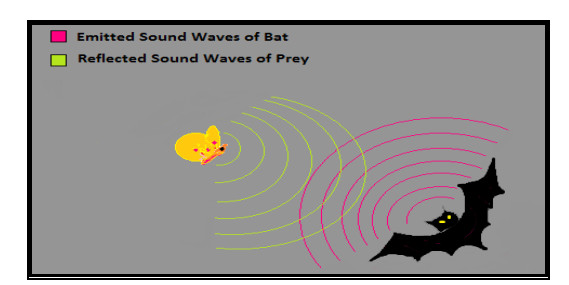
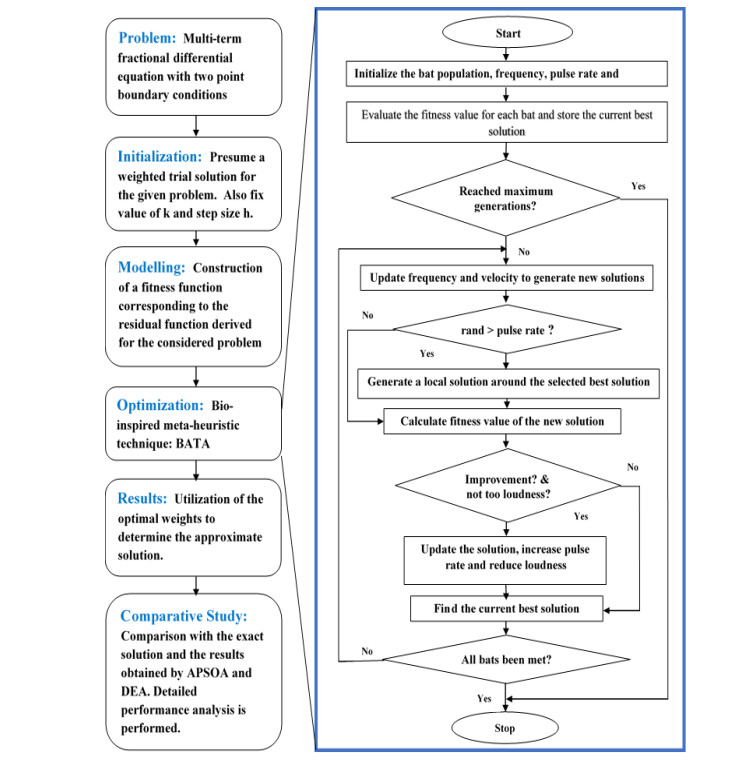
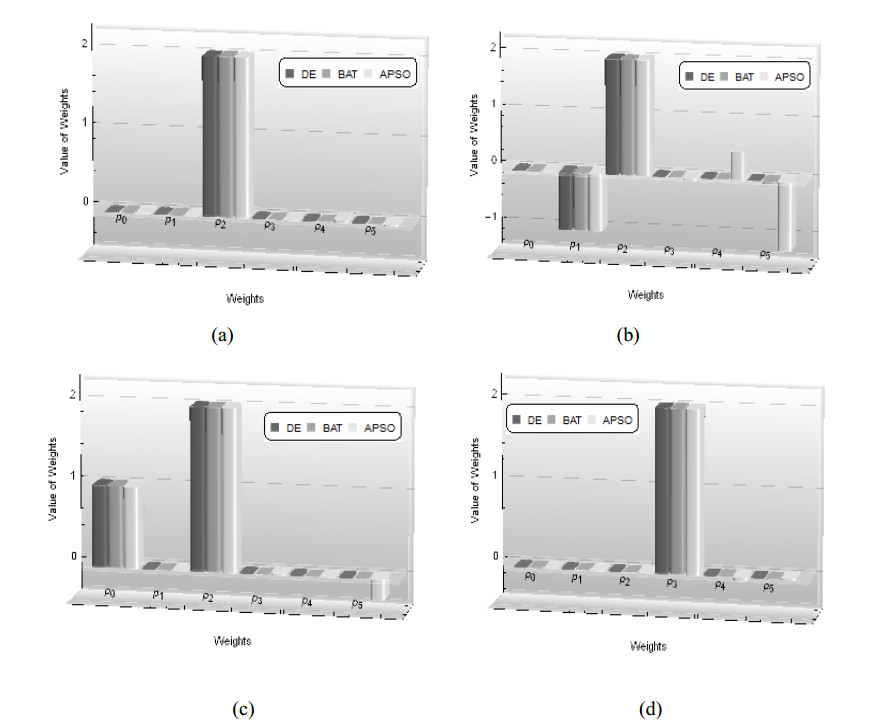
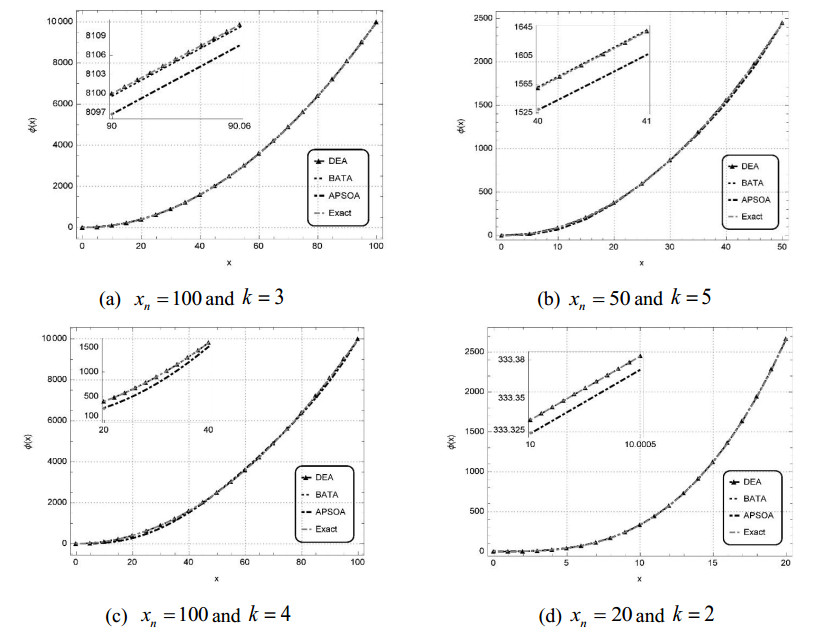
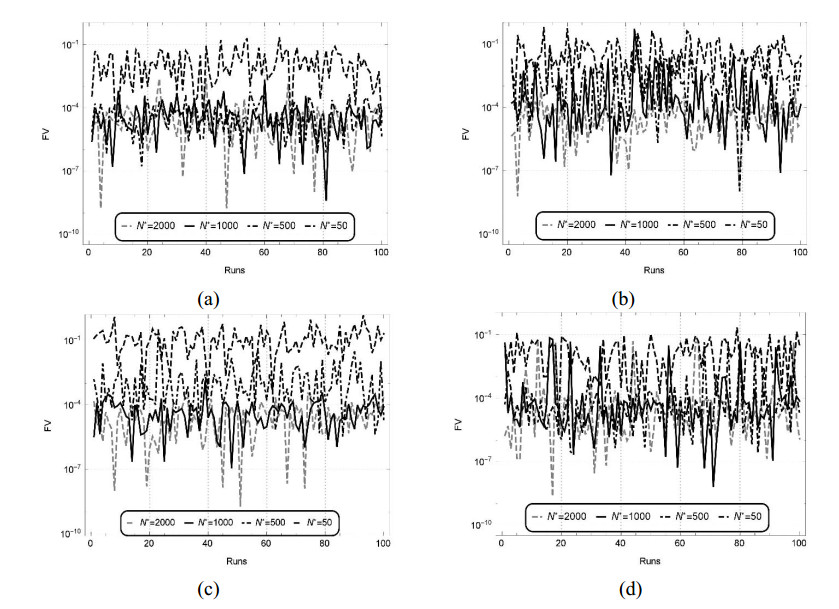
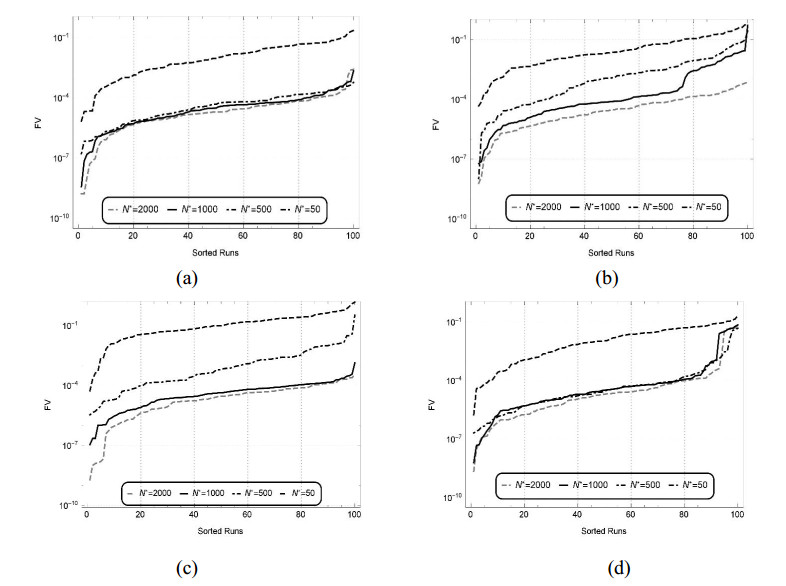


 DownLoad:
DownLoad: